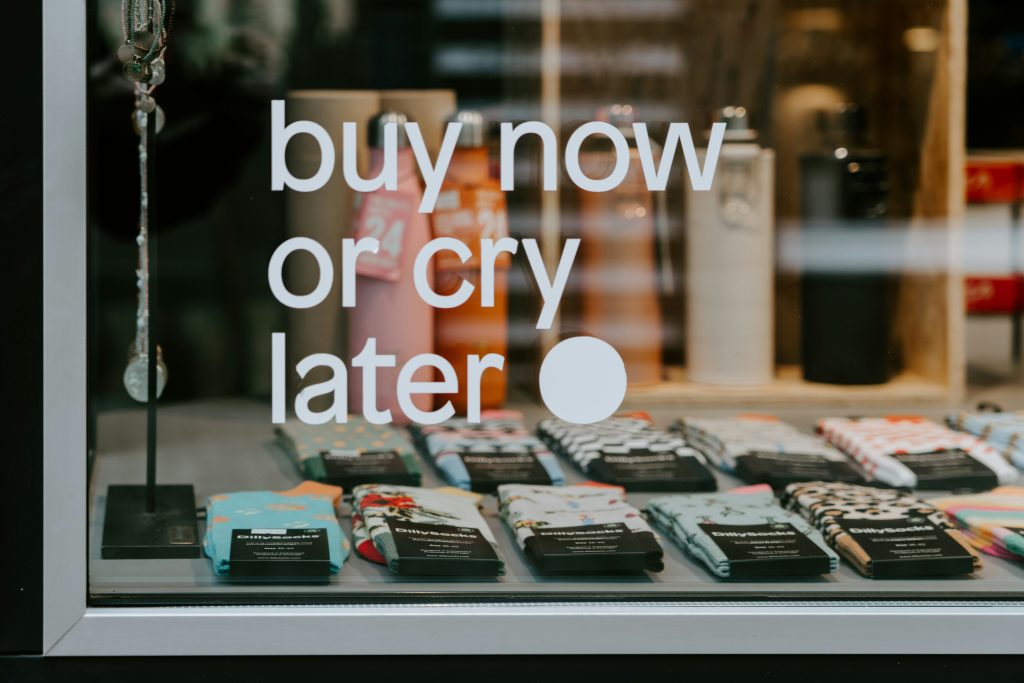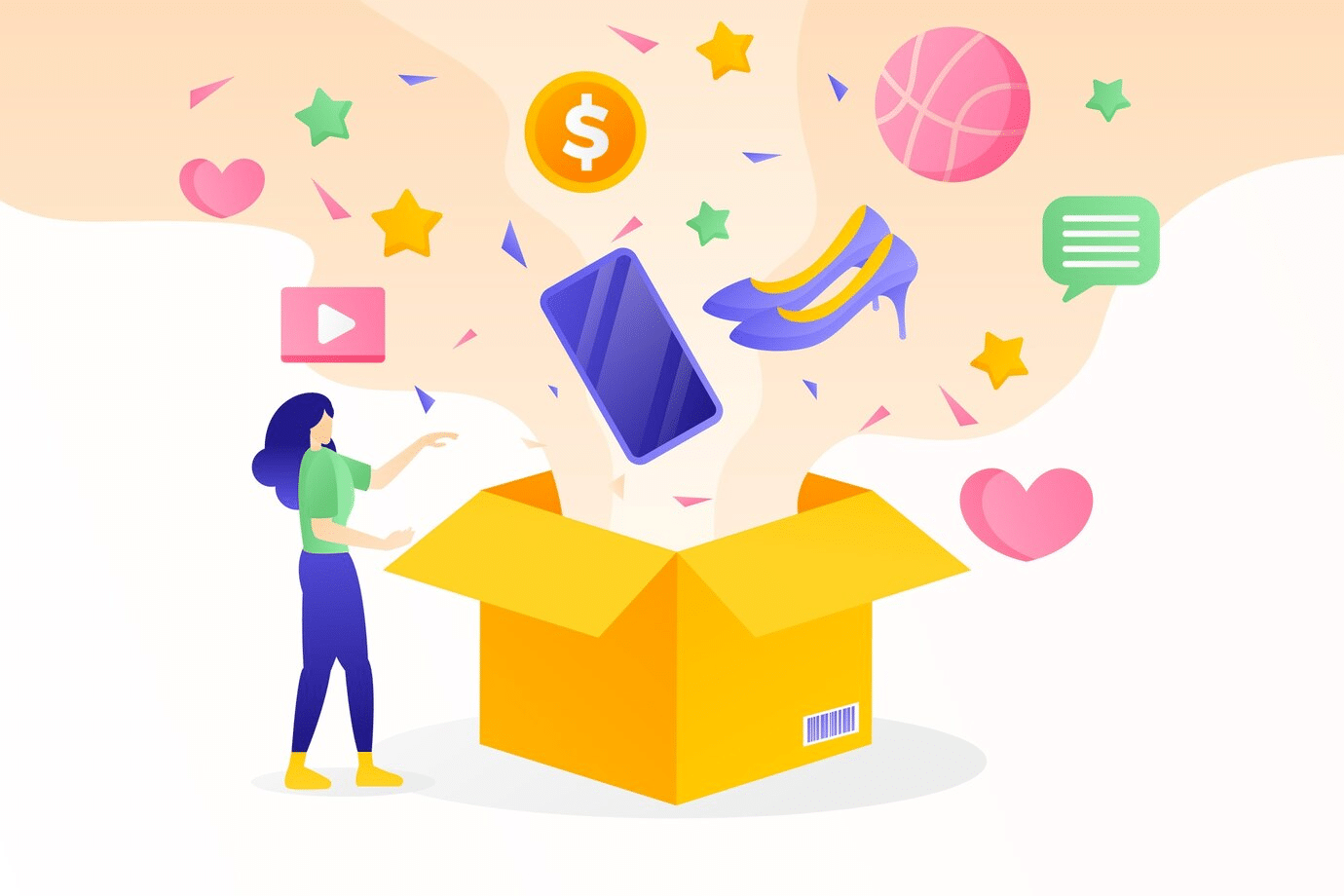Impulse buying is something we’ve all experienced – that moment when we pick up something we don’t need and wonder why we did it. Whether it’s an online shopping spree or a spontaneous in-store purchase, impulse buying is common, and it can have a significant impact on our finances and mental well-being. But why do we give in to these urges, even when we know they might not be the best choice?
In this article, we’ll explore the psychology behind impulse buying, the mental triggers that lead to spontaneous purchases, and, most importantly, how to avoid falling into the trap of impulse buying. Understanding these factors can help you take better control of your spending habits, reduce buyer’s remorse, and make more mindful purchasing decisions.

1. The Emotional Triggers Behind Impulse Buying
Impulse buying isn’t just about wanting something—it’s often driven by emotional triggers. These triggers create a temporary emotional high, which makes us feel good in the moment, even if the purchase isn’t necessary.
Emotional Satisfaction and Instant Gratification
Humans are hardwired for instant gratification. When you purchase something on impulse, your brain releases dopamine, the neurotransmitter associated with pleasure and reward. This creates a brief “feel-good” sensation, which reinforces the behavior of impulsive purchasing. Many people are drawn to the immediate satisfaction that comes with buying something new, which is why impulse buying is often linked to emotional states like stress or boredom. (Verplanken & Herabadi, 2001)
Social Influence and Peer Pressure
Social factors also play a big role in impulse buying. The rise of influencer culture, social media advertising, and peer pressure can trigger a desire to buy things we didn’t plan on purchasing. When we see others purchasing something or flaunting a new product online, it creates a sense of urgency to keep up with the trend. Marketers capitalize on this by creating a sense of scarcity or exclusivity, leading to impulse purchases. This social influence is a strong motivator, especially in today’s interconnected world.
2. The Role of Marketing and Store Layouts
Retailers know exactly how to target impulse buyers through clever marketing tactics. These strategies are designed to encourage spontaneous spending by appealing to psychological factors like desire, urgency, and perceived value.
The Power of “Limited-Time Offers”
Many impulse buys are triggered by time-sensitive sales, such as “Flash Sales” or “Limited Time Offers.” The fear of missing out (FOMO) is a powerful psychological trigger that prompts people to buy things they don’t need. The idea of a sale ending soon creates a sense of urgency, which leads us to make quicker decisions. This tactic preys on our fear of loss and often results in unplanned purchases.
Product Placement and “End-of-Aisle” Promotions
In physical stores, product placement is carefully thought out. Items are often placed near checkout lines, in high-traffic areas, or on end caps to catch your attention as you pass by. Similarly, online stores use pop-up ads or recommendations based on your browsing history. These placements are designed to trigger impulse buys by making products visible when you’re already in a shopping mindset.
3. How to Avoid Impulse Buying
Recognizing the psychological factors that contribute to impulse buying is half the battle. The next step is to take action and implement strategies to reduce the likelihood of giving in to these urges. Here are some practical tips to help you avoid impulse purchases:
1. Set a Shopping Budget
Creating a shopping budget and sticking to it is one of the most effective ways to avoid impulse buying. A budget helps you stay focused on your needs rather than getting distracted by desires. Before making a purchase, ask yourself if the item is truly necessary and if it fits within your budget. This simple step can help you maintain better control over your finances.
2. Use the 24-Hour Rule
One effective method to curb impulse buying is the 24-hour rule. If you find yourself wanting to buy something on a whim, put the item down and wait for 24 hours before making the purchase. This gives you time to reflect on whether you truly need the item and whether it aligns with your goals. Many impulse purchases lose their appeal after a short period of reflection.
3. Avoid Emotional Shopping
Many impulse buys are linked to emotional triggers like stress, boredom, or sadness. Instead of using shopping as a coping mechanism, find healthier ways to manage your emotions, such as exercise, meditation, or talking to a friend. By addressing emotional needs directly, you reduce the likelihood of using shopping as a form of escapism.
4. Unsubscribe from Email Lists and Avoid Online Ads
Unsolicited emails and online ads are a significant source of impulse buying. Marketers target you with personalized offers based on your previous purchases or browsing history. To reduce this temptation, unsubscribe from promotional email lists and use ad blockers on websites. You can also adjust your online shopping settings to prevent seeing ads that may lead you to buy things on a whim.
5. Shop with a List
Before heading out to shop, create a detailed shopping list and commit to sticking to it. Whether it’s groceries, clothing, or gadgets, having a clear list helps you stay focused on your priorities. Avoid wandering around the store or browsing online without a clear goal in mind, as this can lead to unnecessary impulse purchases.
6. Don’t Shop While Hungry or Tired
Shopping while hungry or tired can make you more susceptible to impulse buying. When you’re fatigued or low on energy, your self-control can diminish, leading you to make decisions you might regret later. Always shop after you’ve had a meal and when you’re feeling alert and focused.
4. The Long-Term Benefits of Avoiding Impulse Buying
Reducing impulse buying has several long-term benefits that can positively impact both your finances and mental well-being.
Financial Health
By avoiding unnecessary purchases, you can free up funds for more important financial goals, such as saving for the future, paying off debt, or investing in experiences that align with your values. Not only will you improve your overall financial health, but you’ll also develop a stronger sense of discipline with money.
Improved Decision-Making
Regularly practicing self-control when it comes to shopping builds your ability to make more thoughtful and rational decisions. Over time, this discipline spills over into other areas of life, helping you make decisions that are more aligned with your long-term objectives and values.
Conclusion
Understanding the psychology behind impulse buying is the first step toward regaining control of your shopping habits. By recognizing the emotional and environmental triggers that encourage impulsive purchases, you can make more informed, deliberate decisions. Implementing strategies like setting a budget, using the 24-hour rule, and avoiding emotional shopping will help you reduce impulsive spending and make more mindful purchasing choices. With these tools, you can avoid the negative consequences of impulse buying and create healthier financial habits.
References:
- Verplanken, B., & Herabadi, A. G. (2001). Impulse buying: The role of emotions in influencing behavior. Journal of Economic Psychology.
- “Psychological Triggers Behind Impulse Buying,” Psychology Today, Available at: https://www.psychologytoday.com.
- “How Marketing Triggers Impulse Buying,” Harvard Business Review, Available at: https://hbr.org/.






